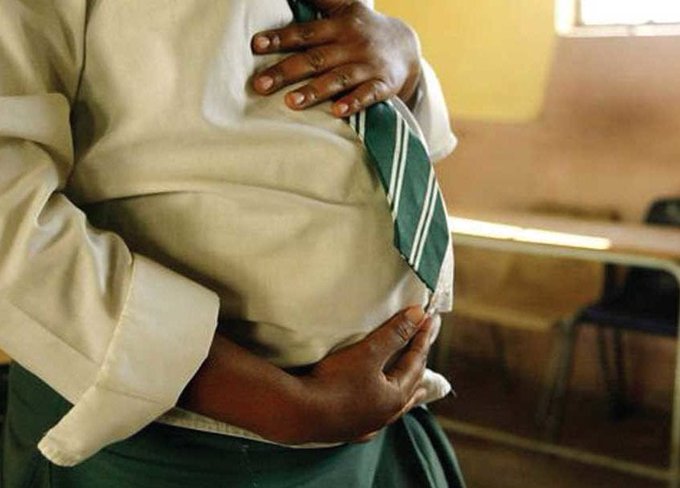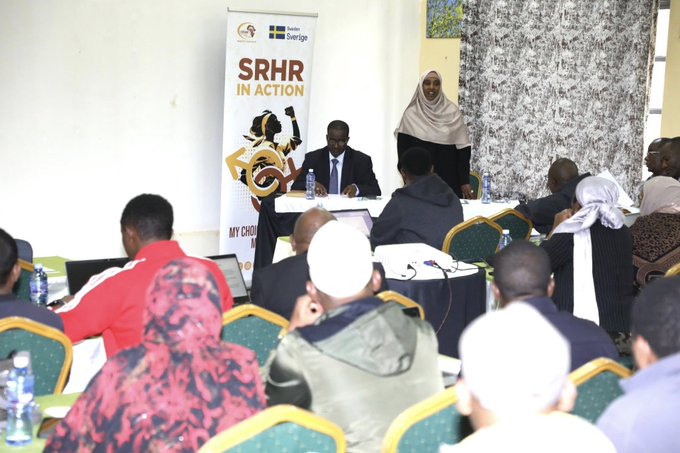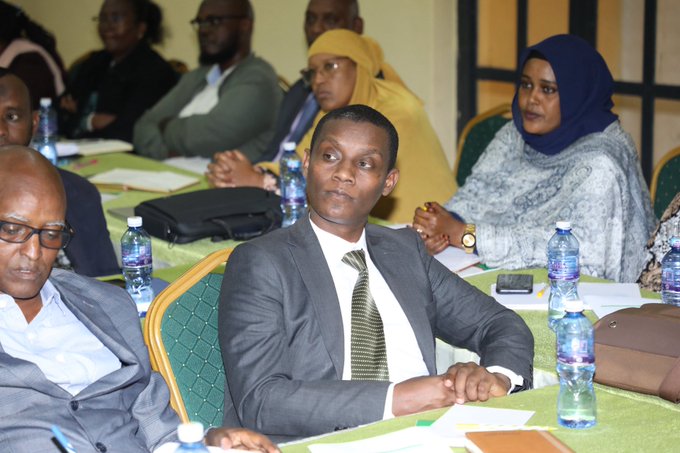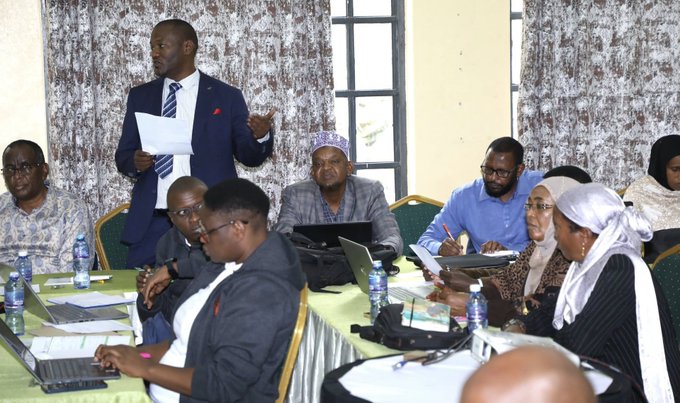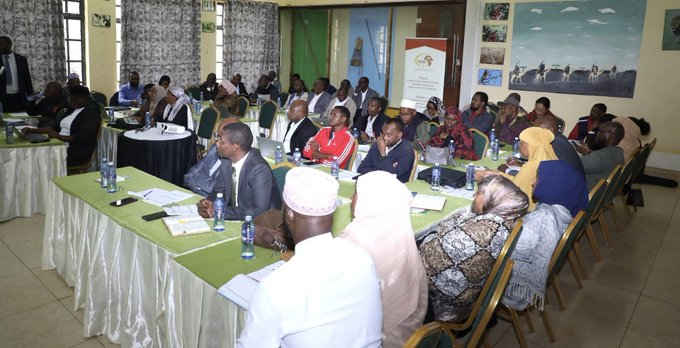GENEVA, Switzerland – The World Health Organisation (WHO) has issued a new guideline targeted at reducing adolescent pregnancy and its serious associated health consequences to address the world’s greatest cause of death among girls aged 15 to 19.
In addition to other strategies, the guideline calls for quick action to prevent child marriage, increase girls’ educational opportunities, and enhance their access to sexual and reproductive health information and services—all of which are essential for lowering the number of teenage pregnancies worldwide.
“Early pregnancies can have serious physical and psychological consequences for girls and young women and often reflect fundamental inequalities that affect their ability to shape their relationships and their lives,” said Dr. Pascale Allotey, Director of Sexual and Reproductive Health and Research at WHO.
Dr. Allotey, who doubles as the United Nations’ Special Programme in Human Reproduction (HRP), further said:
“Tackling this issue, therefore, means creating conditions where girls and young women can thrive—by ensuring they can stay in school, be protected from violence and coercion, access sexual and reproductive health services that uphold their rights, and have real choices about their futures.”
Kenya records the third highest teenage pregnancies worldwide with one in every five adolescent girls’ aged 15-19 already mothers or pregnant, MoH data shows
In low- and middle-income nations, about 21 million teenage females become pregnant annually, with around half of those pregnancies being unplanned. Early pregnancy can lead to difficult-to-break cycles of intergenerational poverty by affecting girls’ schooling, social connections, and future work opportunities.
What are the interconnected factors that contribute to early pregnancy
Significant health concerns are also associated with it, such as comparatively higher rates of infections, preterm deliveries, and complications from unsafe abortions, which are linked to specific difficulties in obtaining respectful and safe care.
Several interconnected factors contribute to early pregnancy, such as poverty, lack of opportunity, gender inequality, and difficulty accessing sexual and reproductive health care. There is a substantial association with child marriage: 9 out of 10 adolescent births in low- and middle-income countries occur among girls who were married before turning 18.
CREAW launched its new Sexual Reproductive and Health Rights (SRHR) program in Marsabit, bringing together key stakeholders, in partnership with @Sida .This engagement seeks to shift social norms and create an enabling environment for girls to access SRHR services. The launch
The guideline suggests comprehensive initiatives to improve girls’ educational, financial, and career opportunities to offer sustainable alternatives to child marriage. It has been projected that the number of child marriages may be reduced by up to two-thirds if all girls complete their secondary education.
For girls at highest risk, the guideline recommends considering incentives to support secondary school completion, such as targeted financial stipends or scholarship programs. The guideline also recommends laws to prohibit marriage below the age of 18, consistent with human rights standards, and community engagement to prevent the practice.
“Early marriage denies girls their childhood and has severe consequences for their health,” said Dr. Sheri Bastien, scientist for adolescent sexual and reproductive health at WHO.
Why education is critical to changing the future for young people
Dr. Sheri further notes that “education is critical to changing the future for young girls while empowering adolescents—both boys and girls—to understand consent, take charge of their health, and challenge the major gender inequalities that continue to drive high rates of child marriage and early pregnancy in many parts of the world.”
WHO reiterated that adolescents must have access to high-quality, adolescent-responsive sexual and reproductive health care, including contraception alternatives, according to the recommendations.
One major obstacle to the usage of services in various countries is the requirement for adult permission. In addition to safe abortion treatment, young girls who become pregnant must have access to respectful, high-quality healthcare both throughout and after pregnancy and delivery, free from discrimination and stigma.
The WHO guideline on preventing early pregnancy highlights the need to ensure adolescents✅ have information & education to protect their health ✅ have access to high quality sexual & reproductive health services, including contraception🔗bit.ly/4cIGwdf
Finally, comprehensive sexuality education is essential for both boys and girls to ensure they know where to access such services and how to use different types of contraception. It has been shown to reduce early pregnancies, delay the onset of sexual activity, and improve adolescents’ knowledge about their bodies and reproductive health.
With a specific focus on preventing child marriage and enhancing teenagers’ access to and use of contraception, this guideline revises an earlier iteration of the 2011 guideline on adolescent pregnancy prevention. It supports WHO’s associated recommendations on comprehensive sexuality education, gender-based violence, and health services for adolescents.
There has been progress in lowering the number of teenage pregnancies and deliveries worldwide. Compared to 1 in 15 two decades earlier, an anticipated 1 in 25 girls gave birth before the age of 20 in 2021. Significant differences still exist. Nearly one out of ten teenage girls (15–19 years old) gives birth every year in various nations.



